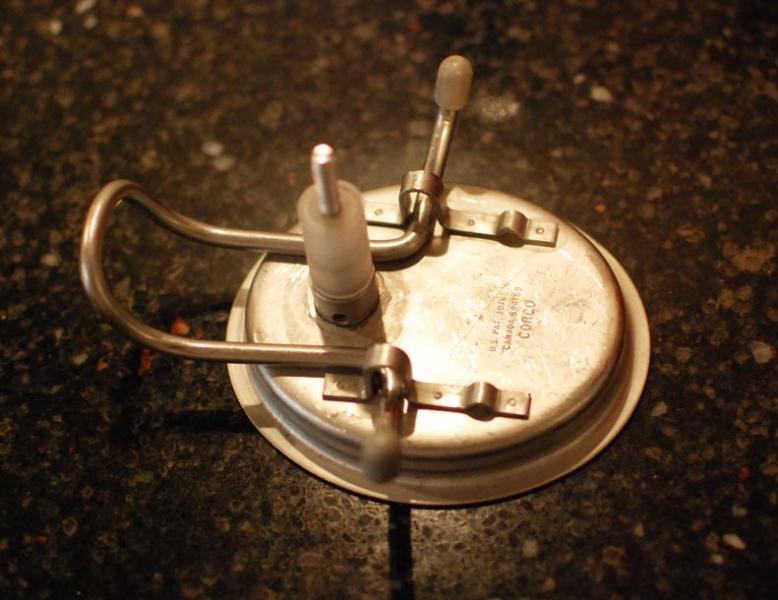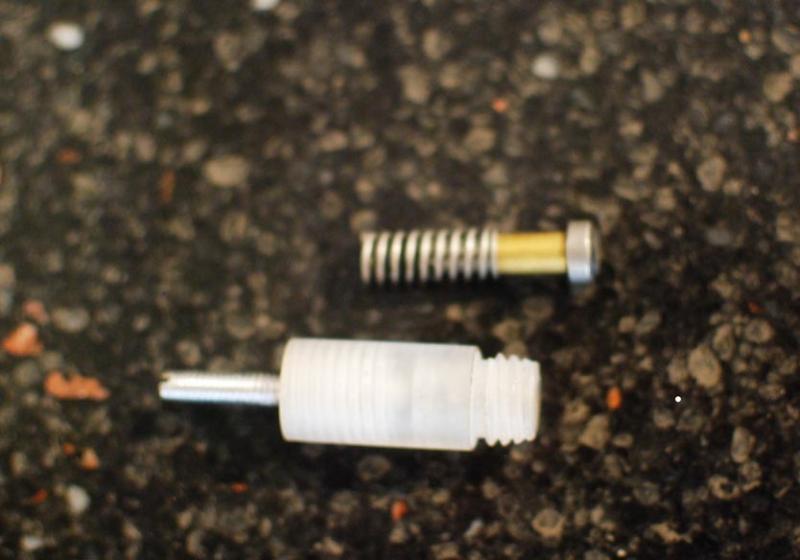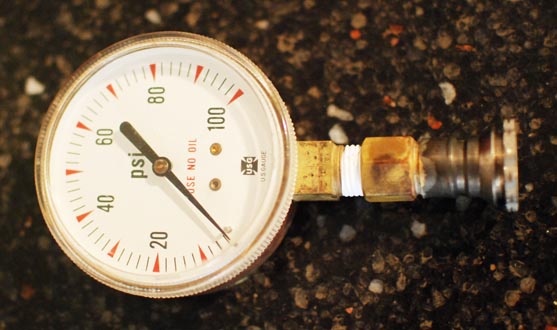What's the latest on your brews fellas? How did everything turn out and how fast?
Great! Just did a traditional English IPA (with dry hopping) in a corny. I'm probably twelve batches in and I see no reason to go back. I've been using a mass flow controller to automate and measure, which has been fun too!
Thanks for your work on this WortMonger!










